Brief 1
What Went Well
I was pleased with the range of initial designs I came up with, as something I struggle with quite a lot is getting my head stuck in one idea and being blind about it. The fact that I came up with 3 different ideas that were all conceivably doable all for different sorts of frames/shops.
I’m also pleased with the photoshop skills I developed. The most important thing was possibly the use of masks, which is something I’d never looked at using before, as their importance and utility had never been explained to me before due to me self-teaching myself. I also learned about the various lighting effects/blending modes between layers allowing for different things to be visible through layers.
What Didn’t Go So Well
I was hoping that my designs would look more attractive when in the final mock-up frame. Annoyingly this seems hypocritical given I’ve just said my photoshop skill develop went well, but I think that the nature of my design was always going to make it difficult for me to make it look more attractive due to the specific requirements my designs needed for their contrast to work properly.
What I’d Do Differently
Upon reflection I’m quite happy with my work for this brief, and am really quite pleased with the process I went through to reach my outcome. I think the only thing I’d do differently is decide early on what sort of photo frame I would design for, and then this would narrow down my initial ideas, and would increase the chances of be really nailing down what I was wanting to achieve in the brief, and maybe this would’ve meant that the final outcome would’ve looked more attractive in the final mock-up.
Brief 2
What Went Well
Initially my word was Cartons, and I think first of all, I did well to link it to something I’d enjoy researching, however vague the link was. Secondly, I’m quite happy with the research I did, because it proved the underlying point I wanted to prove, which was that people didn’t appreciate how hard it is to keep fish as pets. I’m also confident that the sources of my research are legitimate in that they’re honest, factual or representative depending on the category.
What Didn’t Go So Well
My initial plan was to research the problems with fish-keeping, but I tended to stray more and more away from that and into comparing fish as pets to other pets. I mainly ended up focussing on dogs dogs. Whilst it’s not that my research didn’t prove what I hoped to prove, I was slightly disappointed that I didn’t research exactly what I proposed to research.
What I’d Do Differently
Like I said, I’m happy with my research, and also the methods I went about doing them. I would definitely spend longer thinking about what I wanted to narrow down my research to specifically about fish tanks, rather than jumping straight to the things that cause fish to die, and even then I doubt it’d have changed the content of my research or presentation much, only the slight disappointment I feel now for not sticking to my initial plan. I’d also try to be more serious in my presentation, I don’t feel that the rest of the group really understood what my actual research was about because they were concentrating more on the blunt and somewhat funny quotes that some of my friends had said when I asked their opinions. This is something in hindsight which I should’ve either avoided doing altogether or just discounted some of the less serious opinions. It just seemed at the time that they were appropriate because of how the answers were different and had a valid underlying point.
Brief 3
What Went Well
Similarly to brief 1, I was very pleased with the software skills I developed in this brief, but that was always going to be the case because of how little I’ve used InDesign before, literally a 2 hour lesson in AS Graphics where I got frustrated with the software and had returned to Photoshop by the end of the lesson. But I’m also very pleased with my development of understanding of layout in this brief as well, as it was something I’d never really done before.
What Didn’t Go So Well
I think the main thing is that a few of the images I found on the internet weren’t high enough quality to use in my spreads, which meant I had to waste time looking for more photo’s and preparing them for InDesign. Also, some of the photo’s I took were a bit dull and similar, which made it harder for me to produce interesting layouts with them.
What I’d Do Differently
The interim crit was very confusing for me, as the feedback I got was all useful as individual bits of information, but unfortunately it was split down the middle in terms of opinion on which spread I presented was mot appropriate, as I presented two spreads in different styles. If I was to do it again I’d ask more specific questions, the answers to which would allow me to decide for myself which spread was more appropriate rather than relying on the opinions of others.
Brief 4
What Went Well
I was please that this project linked in directly to brief 3 in terms of the work I produced, as it meant that I was confident that my outcome for this brief was appropriate due to how confident I was in my outcomes to brief 3.
What Didn’t Go So Well
Similarly to brief 2, I ended up doing something quite different to what I wanted to do, and this recurring problem suggests that I need to think more at the beginning of briefs about the most suitable way to solve a brief is, hopefully this is something I can improve on. Lastly, I'm quite disappointed with the poster I produced. The paint I used was very disappointing and didn't quite produce the results I wanted, but in the time scale I had I stand by my decision not to screen print due to being unsure about stock, ink and timeframe, because there's no guarantee that screen printing would've produced anything different.
What I’d Do Differently
Like I said, I’d have spent more time at the beginning of the project thinking about the best way to solve the brief. But also I wouldn’t have spent time attempting to start by designing a poster which I was unsure what the content would be, on reflection, this was a very stupid idea, and I wouldn’t have wasted any time doing so if I knew the results would have been non-existent.




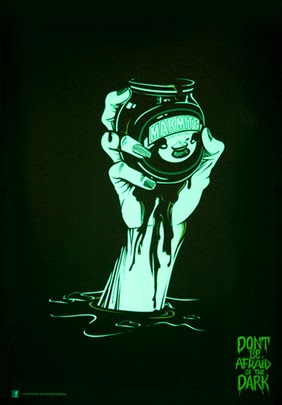

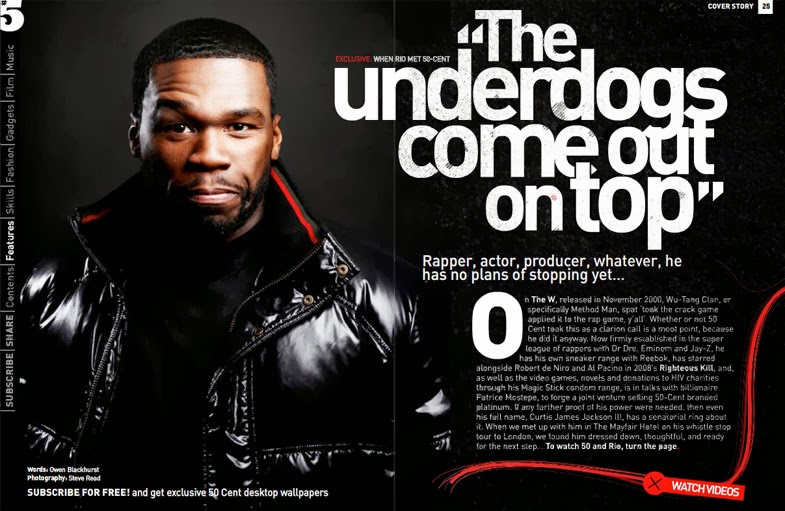

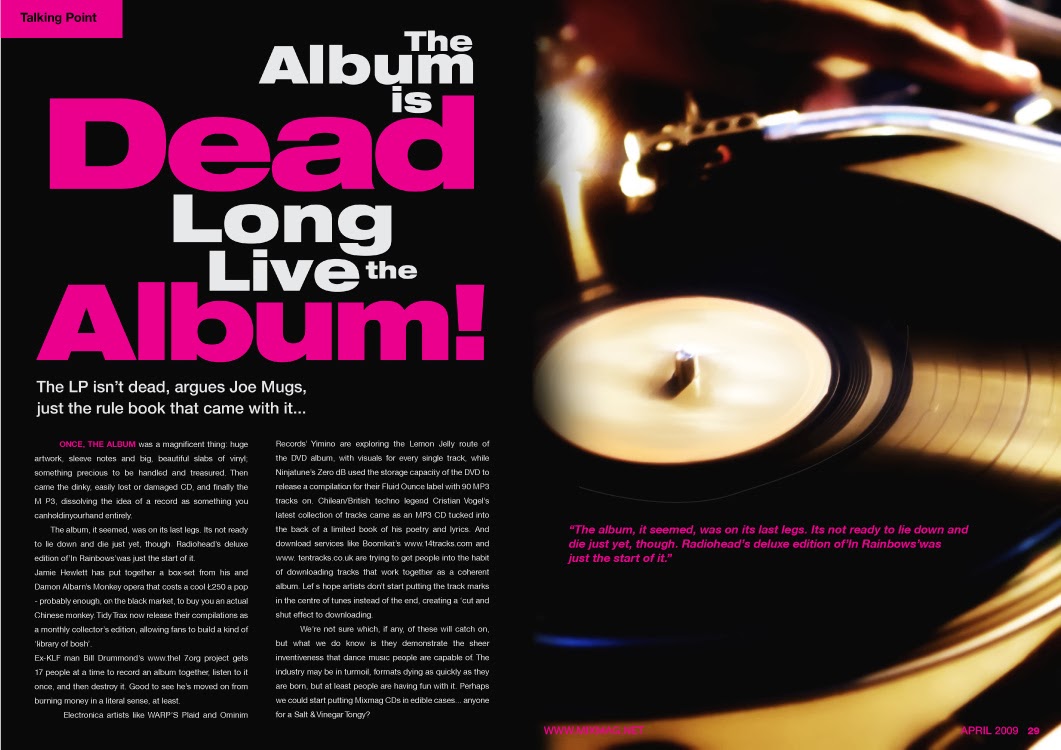


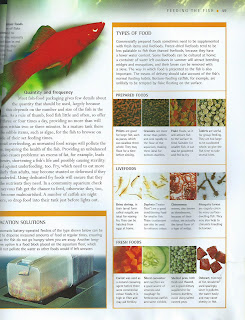

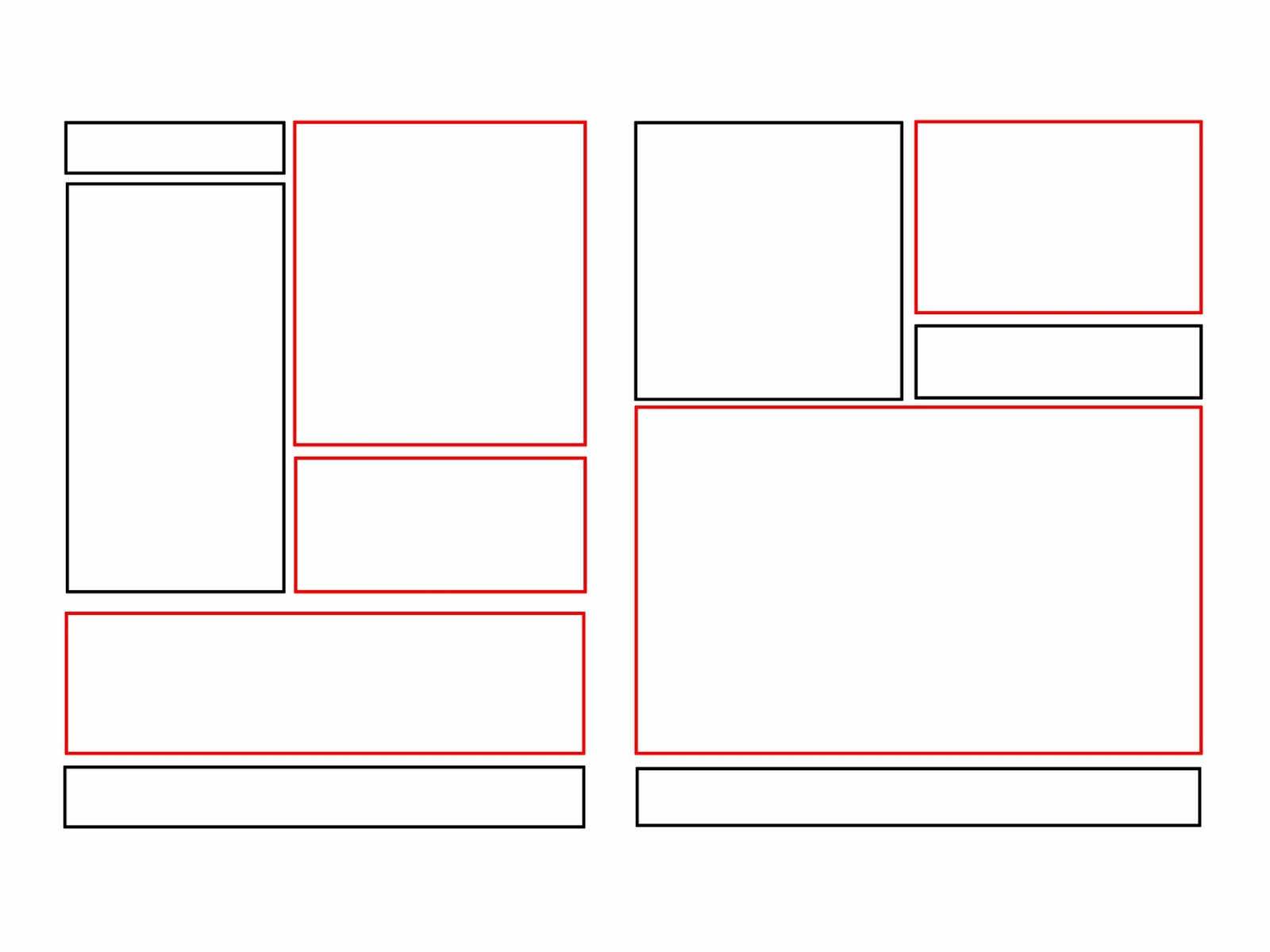

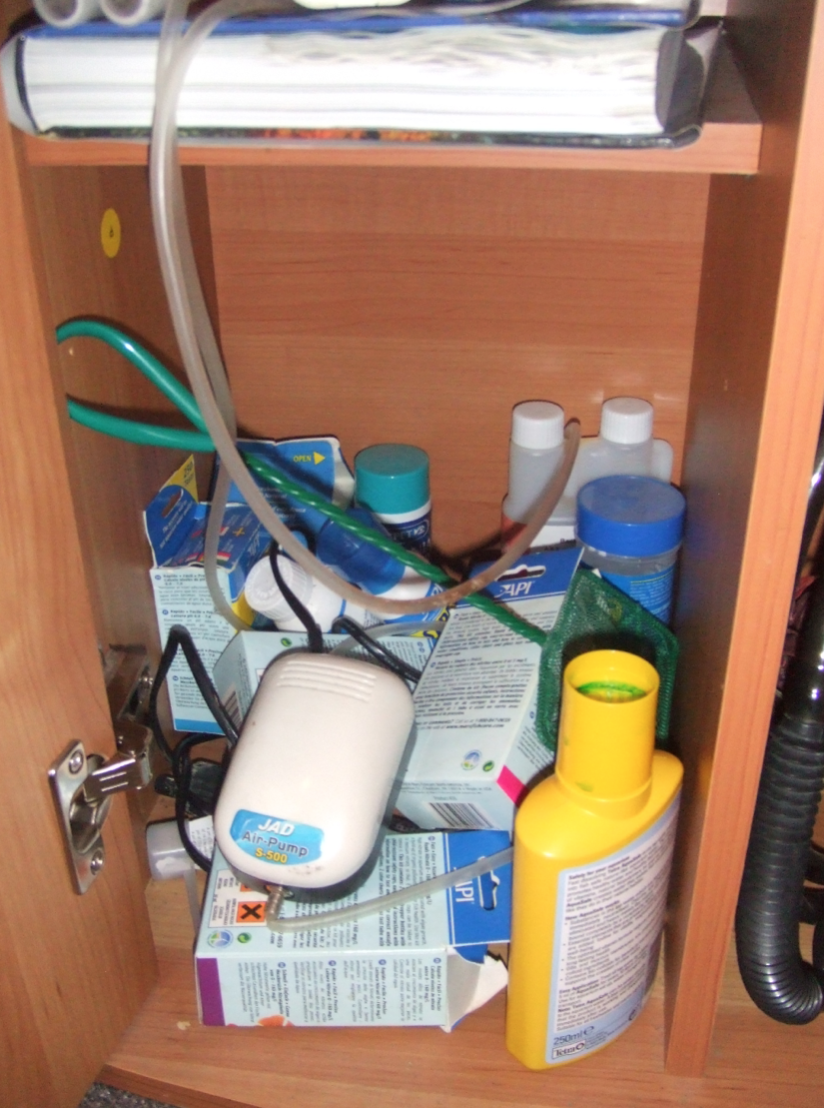





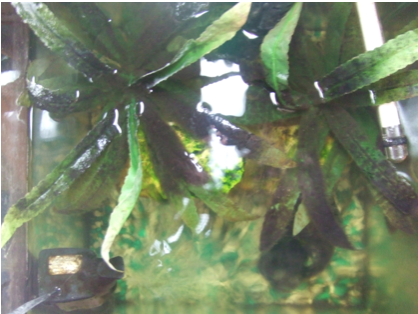
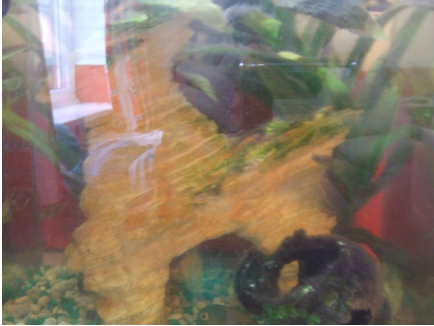







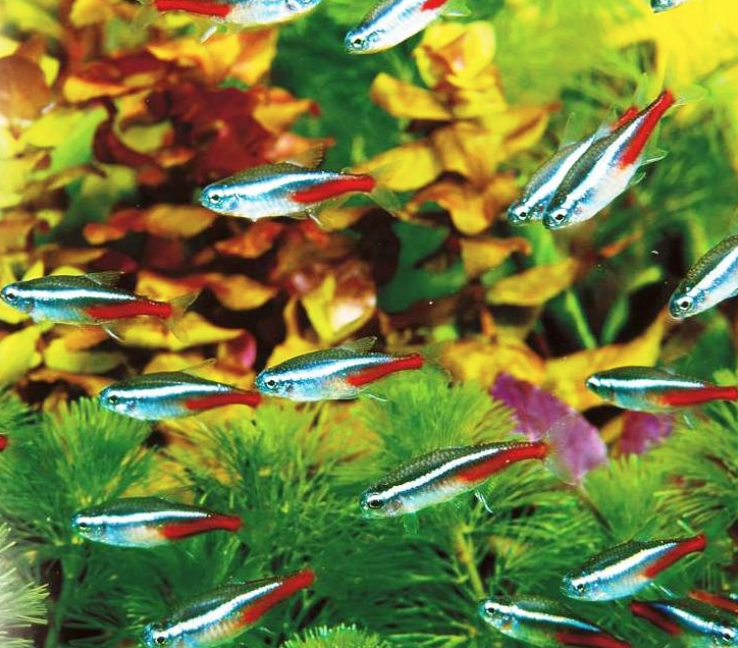





.jpg)

.jpg)



